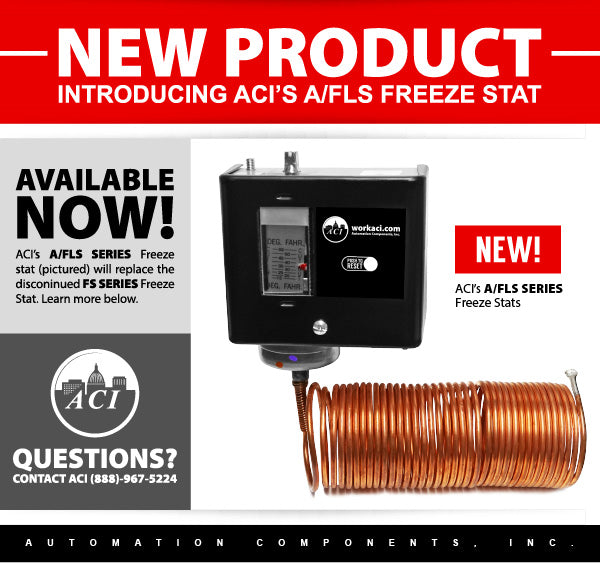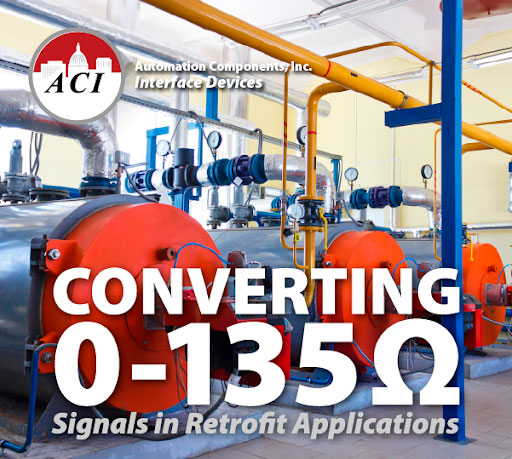Your HVAC system is comprised of several key components, each with its own crucial purpose. Your boiler, for example, is responsible for providing heat while your air conditioning unit is responsible for keeping your home cool; the ventilation system provides pathways for both hot and cold air to circulate that air around your entire home.
Outside of all those components, the thermostat is arguably the most important one because of its main function: control. Your thermostat is responsible for tying everything together. It gives you control over what to do with the other components while also giving you crucial information about the condition of each component.

But how does it work? Are there different types of thermostats? How does the electronic thermostat differ from an analog one? Let's find out.
Shop for hundreds thermostat models today at Blackhawk Supply store!
BROWSE THERMOSTATSHow do Thermostats Work?
Thermostats come in all shapes and sizes. But aside from their shape and form, thermostats also differ by type. The two major types are mechanical (analog) thermostats and digital (electronic) thermostats. These types of thermostats are fundamentally different from each other, especially in how they function.
Analog/Mechanical Thermostats
In school, we learned that all matter expands when heated and contracts when cooled. Of course, water is a notable exception, as it expands both when heated and when frozen. This is a principle called thermal expansion and is the working principle behind mechanical thermostats.
Using thermal expansion, analog thermostats can manipulate the movement of their components in order to complete an electrical circuit. This can be done by using either bimetallic strips or gas-filled bellows to act as a bridge through which electricity can pass through.
Bimetallic Strips
Analog thermostats can use two different pieces of metal, usually brass and iron, that are bolted together to create the bimetallic strip. It acts as the bridge between two ends of a circuit. Electricity passes through the strip when the circuit is complete, which occurs when the “bridge is down”.
As electricity passes through the strips, the circuit generates heat, which causes the metallic strips to expand. This, in turn, “raises the bridge” and opens the circuit again. This leaves electricity unable to pass, which also cuts off the heat and cools down the room.
But because heat is cut off from the system, the metallic strips also start to cool down. They contract back to their original shape, which closes the circuit once again to generate heat.
This is how bimetallic strips automatic mechanical thermostats work. Setting the dial will change the temperature that dictates when the bridge is raised and lowered back. But because the metals take too long to bend in and out of the circuit, it will also take some time before the thermostat reacts to temperature changes.
Gas-Filled Bellows
Because bimetallic strips take too long to expand and contract, an alternative thermostat design was introduced to make the system react to temperature changes more easily. This new design does away with the strips of metal and instead uses metal discs. Using metallic discs increases the surface area of the reacting surface. They also have ridges in order to make them springy and flexible.
In between the two metallic discs lie gas-filled bellows. The gas inside those bellows has the ability to react immediately to changes in temperature. For instance, when the room is warm, the gas expands, increasing the distance between the discs. Inversely, as the room cools back down, the gas shrinks, bringing the metallic discs back together.
The constant switching opens and closes the circuit as the inner disc pushes against a microswitch found in the middle of the thermostat.

Digital/Electronic Thermostats
The mechanical thermostat uses internal mechanical elements and thermodynamic principles to sense heat and trigger a heating and cooling system based on that sensed heat. Electronic thermostats are more direct with their use of heat-sensing devices and circuits.
Digital thermostats use thermistors to measure the ambient temperature of a room. It is a type of resistor whose resistance changes with the temperature. The thermostat contains a microcontroller that measures this resistance, which then converts the measured value into an actual temperature reading.
Unlike mechanical thermostats, electronic thermostat functions just like a small computer. It has a user interface that gives useful information such as the temperature and current settings and is programmable based on the user's preferences.
In recent years, smart thermostats have also been introduced. Smart thermostats have built-in learning capabilities that allow the device to learn the user's preferences and behavior in terms of indoor temperature. This allows the device to automatically set the desired temperature based on the time of day and temperature outside. For instance, during the summer, the thermostat can automatically turn on the air conditioning during the day and turn it off at night, improving energy efficiency.
Mechanical vs Digital Thermostats
The average person seldom thinks about their thermostat, but we are all deeply concerned about our comfort level when we are home. We often complain about being too cold or too hot, while the device that hangs on our wall is of little concern. But the thermostat is more than just a small component of our HVAC system, the type of thermostat you have can have a significant impact on your comfort. There are two types of thermostats: mechanical and digital.
Analog Thermostats
Analog thermostat models are the least expensive, but they are also basic and not as accurate when they display the temperature within the home.
Electronic Thermostats
Contrary to mechanical thermostats, digital thermostats are more expensive and accurate. Electronic thermostats, additionally, can come equipped with features that are not found in mechanical thermostats. Certain electronic thermostat models are programmable thermostats - they are known to help their users save energy.
Another popular programmable thermostat feature is using WiFi to allow you to monitor and adjust your home's temperature wirelessly even when you are not at home. Not all digital thermostats come equipped with these features, but they are becoming increasingly more prevalent.
| Advantages | Disadvantages | |
|---|---|---|
| Mechanical Thermostat | Cheaper | Low degree of control |
| More stable in terms of power swings | Less energy-efficient | |
| Easy to use | Does not respond to temperature changes immediately | |
| May contain mercury | ||
| Moving parts need to be maintained regularly | ||
| Digital Thermostat | High degree of control | May take longer to install |
| Requires less maintenance | ||
| Programmable | ||
| Easy to use | ||
| Energy efficient | ||
| Immediate response to temperature changes |
It's Time to Switch to Digital Thermostats
Analog thermostats are slowly becoming a thing of the past. Not only do they contain moving parts that require a lot of maintenance, some units even contain mercury, which is quite dangerous to have in a home. They are also not as efficient as digital programmable thermostats.
Digital thermostats, on the other hand, are more energy-efficient while also giving you more control over your home's temperature settings. It's time to go digital.
Let us help you make your transition from an analog thermostat to an electronic thermostat easier with Blackhawk Supply. Choose from a variety of high-quality thermostats from ACI, Braeburn, Veris, KMC, Viconics, or Johnson Controls. Our vast supply of digital thermostats is sure to have the perfect fit for your home or office's heating and cooling system!





